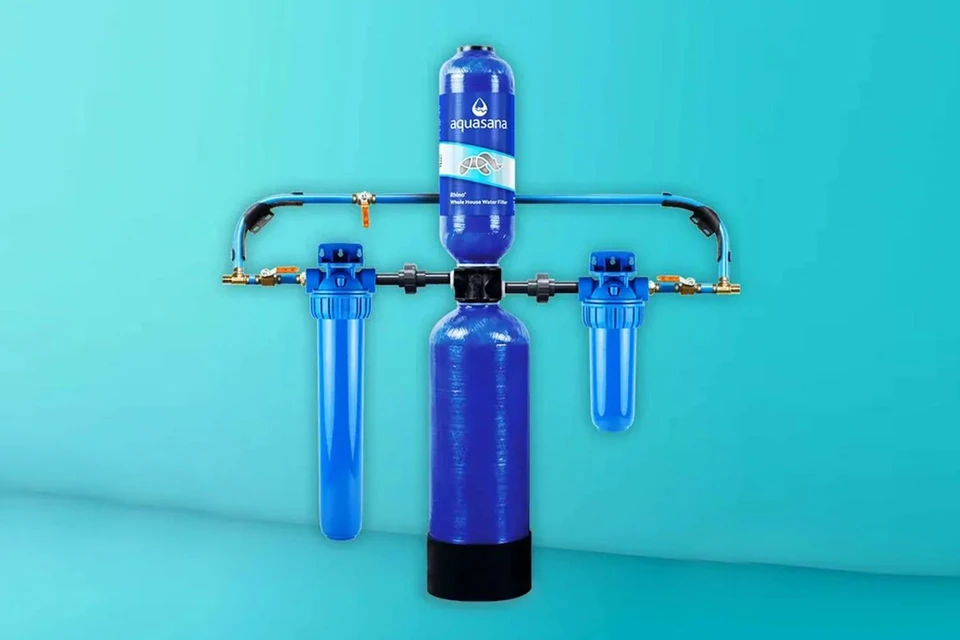Seeking advice on a water filtration system for my home. Been out of the loop for a while on water treatment technology & need to update.
My house is serviced by a community well. Unfortunately the aquifer is recharged with "treated" waste-water. The local water is hard & has a high arsenic content. Also concerned with herbicides/pesticides & the types of drugs that can be found in waste water.
Advice on brands, systems, components, capacities, etc, would be appreciated.
Thank you.
My house is serviced by a community well. Unfortunately the aquifer is recharged with "treated" waste-water. The local water is hard & has a high arsenic content. Also concerned with herbicides/pesticides & the types of drugs that can be found in waste water.
Advice on brands, systems, components, capacities, etc, would be appreciated.
Thank you.







